Dietary fibers are carbohydrates found in plants. They constitute their framework, fulfilling a structural role. As their constitution is complex, our body can neither absorb nor digest them.
However, these dietary fibers are valuable health allies! Some foods are richer in fiber than others.
Hydration plays a key role in optimizing the effect of ingested fibers, so it is important to ensure sufficient water intake daily.
Here are the 5 foods richest in fiber. Check back after the list to discover their mechanism of action and their main health benefits.
1. Psyllium: 80 g per 100 g
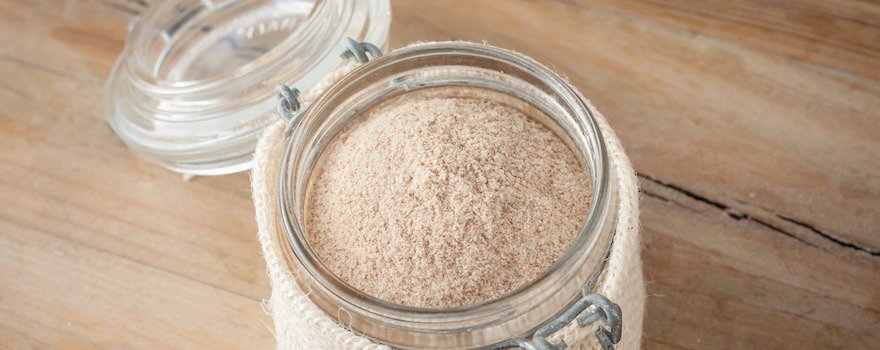
Psyllium is a plant native to Asia. Its benefits for the digestive system are widely recognized. Its mucilage or gel is particularly rich in soluble fibers. These fibers alter the consistency of stools and can act as a laxative or relieve diarrhea.
As they transform into gel during digestion, these fibers act as appetite suppressants!
Recipe ideas: it is recommended to consume organic psyllium, as it is an ideal thickening agent for many recipes! Its powder can be incorporated into recipes for creams, coulis, and compotes. It is ideal for setting a dessert like one made with carob flour, almond milk, and dried fruits. It can also be used to make pancakes with gluten-free rice flour.
Read also | How to find the best psyllium
2. Chaga: 70.8 g per 100 g
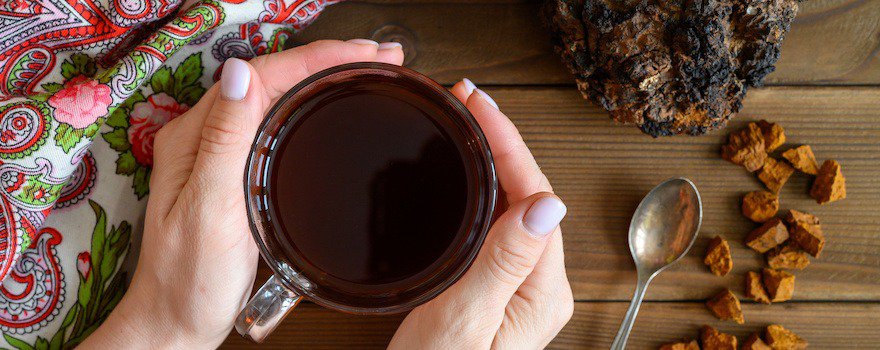
Chaga is a mushroom found in cold regions like Russia or Canada. It is considered a functional mushroom.
It promotes the health of the digestive system thanks to its high fiber content and anti-inflammatory action. For example, it relieves gastric ulcers and reduces constipation.
Recipe ideas: its powder can be consumed in infusion or decoction. It can also be incorporated into a hot beverage, like a latte with cocoa and cinnamon. Or in a soup like a spiced miso soup with ginger, a hot starter of choice during the winter period!
3. Wheat bran: 42 g per 100 g
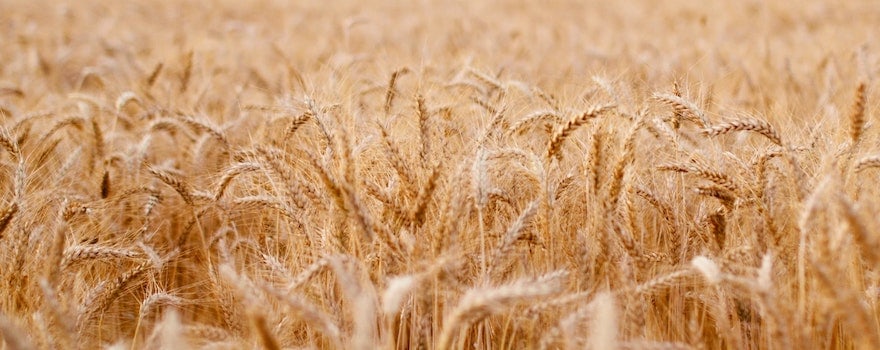
Wheat bran is nothing other than the husk that envelops and protects the grain. Its advantage? It is primarily composed of insoluble fibers (cellulose)!
This study considers it a valuable ally for combating constipation and keeping our intestines in good shape. By increasing the bulk of stools, it helps regulate transit, as highlighted by this other study.
Recipe ideas: you can simply sprinkle wheat flakes over salads or into yogurt. It can also be used to prepare a creamy porridge or pie crust. In a blini batter, it will enhance a filling based on smoked trout and fresh cheese!
4. Carob: 40 g per 100 g
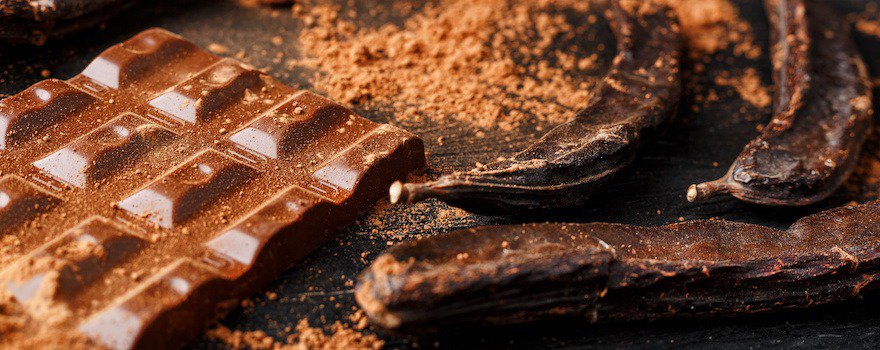
Here is an excellent fiber-rich food. Carob is the fruit of the carob tree, a tree that belongs to the legume family. Its high fiber content makes it a choice ally for our intestinal transit.
It has a laxative but also anti-diarrheal effect! Its seeds are rich in pectin, which acts as a protector of the intestinal tract.
Recipe ideas: Carob flour is easy to include in drink recipes, serving as a fine substitute for cocoa powder. It can also be used to make moist orange confit muffins or banana bread, for example. Finally, it can be used to create a delicious spread! To make it, you’ll need hazelnut puree, a bit of coconut oil, milk, and agave syrup.
5. Chia seeds: up to 35 g per 100 g
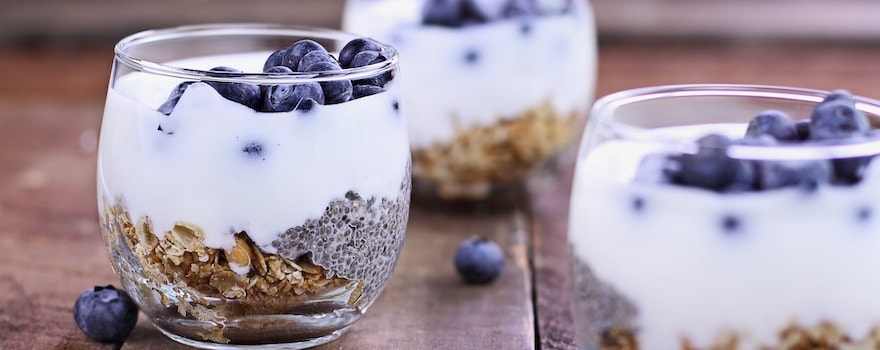
It is one of the foods highest in fiber and one of the staples of healthy food! Originally from Mexico, these seeds are now grown as far as Australia. They are an excellent source of soluble fiber.
They absorb water in the stomach to form a mixture of almost 10 times their original weight! They have an appetite-suppressing effect and are a choice food for our good intestinal bacteria.
Recipe ideas: You can sprinkle them raw over applesauce or oatmeal porridge for an energetic and healthy breakfast. Why not try them in a savory version, such as in a mushroom omelet?
Lire aussi l Notre comparatif des meilleures graines de chia bio
Why eat foods rich in fiber?
Recommendations from ANSES
Fibers are carbohydrates neither digested nor absorbed by our bodies. They are found in plants: fruits, vegetables, legumes, and grains.
The French Agency for Food, Environmental and Occupational Health & Safety (ANSES) recommends a fiber intake of 30 g per day. They are essential for the good health of our intestines and offer many other benefits. Yet, we rarely consume enough!
Fibers are distinguished as soluble or insoluble based on their ability to dissolve in water. Most plants contain both types of fibers.
For example, green beans contain both pectin (soluble) and cellulose (insoluble). Their effects on our health are complementary. Here’s what sets them apart.
Soluble fibers
Among them, there is pectin found in the skin and seeds of apples and berries or mucilages like the gel from aloe vera. These carbohydrates form a viscous gel when in contact with water, lubricating our intestinal wall and slowing digestion.
Thanks to this action, our sensation of fullness is greatly increased! Some of these fibers act as real appetite suppressants. Therefore, they are preferred in cases of irritable bowel syndrome because they are gentler to digest than insoluble fibers.
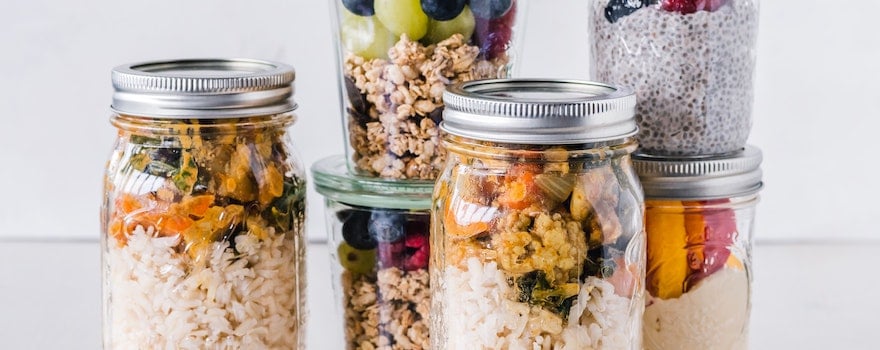
Insoluble fibers
These include cellulose and are often found in whole grains and the lignin from plant leaves.
Not soluble in water, they swell when in contact with water like sponges and increase stool volume. They relieve constipation due to their laxative effect.
4 proven benefits of dietary fibers
Research has highlighted the numerous health benefits of fibers, and we present the main ones. So many reasons to prioritize foods rich in fibers!
They improve intestinal transit
It is generally thought that fibers relieve constipation, but beware, they can also have the opposite effect! In cases of constipation, insoluble fibers that absorb water and speed up intestinal transit are preferred.
Conversely, if suffering from diarrhea, it is recommended to include soluble fibers in our meals. By forming a viscous gel in our intestines, they slow down transit.
Also read the 5 natural laxatives to prioritize for better transit
This study shows, for example, the laxative effect of prunes, which may outperform psyllium! Moreover, another study conducted on animals with partially defatted flaxseeds also concluded on their effectiveness in relieving constipation.
Fermentable fibers boost the health of our microbiome
Our intestinal microbiota hosts billions of bacteria! The balance of this ecosystem is essential for the proper functioning of our immune system.
Fermentable fibers are particularly beneficial as they form prebiotics, a snack that will nourish the good bacteria in our intestinal flora or probiotics. This function is mainly ensured by soluble fibers.
This study highlights the benefits of prebiotic fibers and their ease of being incorporated into our daily meals. By indulging in prebiotics, our good bacteria will produce butyrate.
This is a fatty acid that, in particular, would soothe symptoms of irritable bowel syndrome as suggested by this study.
Listen to our podcast Passion Microbiome
Some fibers act as appetite suppressants
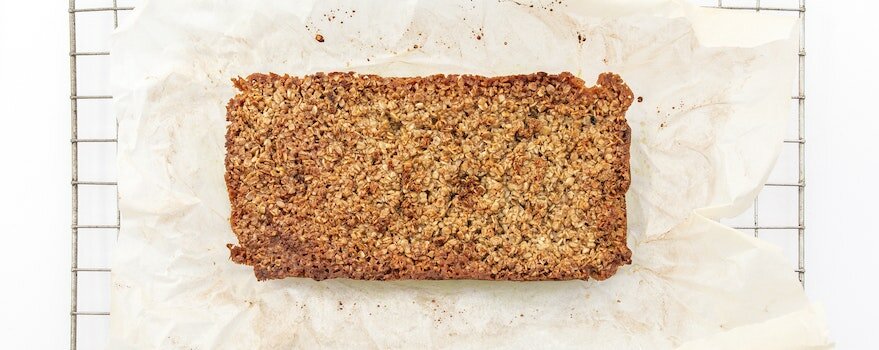
This is especially true for soluble fibers, which form a thick and viscous gel when they come into contact with water in the stomach. This gel increases the feeling of fullness and slows down the nutrient absorption process, as confirmed by this study.
This other study suggests that increased consumption of soluble fibers could be a strategy in the fight against obesity that is prevalent in the United States.
They reduce cholesterol levels
Viscous soluble fibers are the champions in this regard. This study conducted with cereals enriched with pectin and psyllium concluded on their cholesterol-lowering action.
This other study showed the effect of glucomannan fiber from konjac, an Asian rhizome, on reducing cholesterol levels.
What about excess dietary fiber?
Excessive consumption of dietary fiber can lead to flatulence and stomach pains! It is recommended to increase your fiber intake gradually to avoid these issues.
Thus, people suffering from conditions such as irritable bowel syndrome or Crohn’s disease should be particularly careful to regulate their fiber intake to avoid worsening their symptoms.



